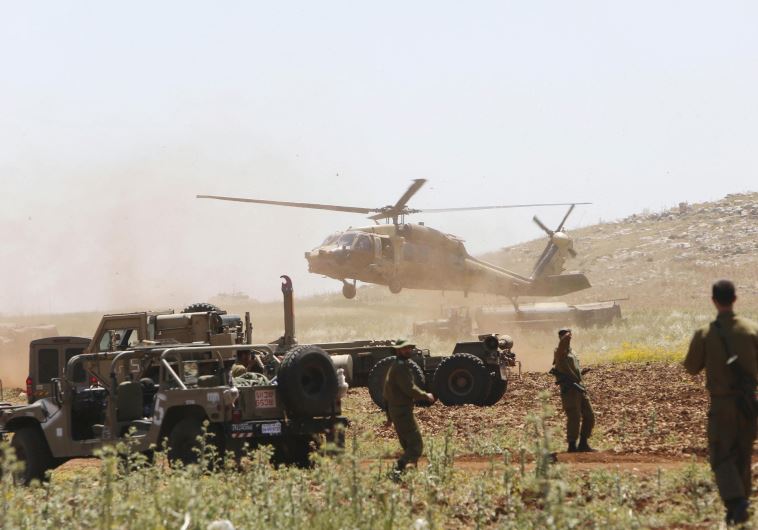Israel goes back to drawing board on Hamas
A recent warning that the "next war with Hamas will be its last" is a reflection of a deeper change in the military’s and government’s thinking.
 IDF SOLDIERS take part in a military exercise last year(photo credit: ABED OMAR QUSINI/REUTERS)
IDF SOLDIERS take part in a military exercise last year(photo credit: ABED OMAR QUSINI/REUTERS)